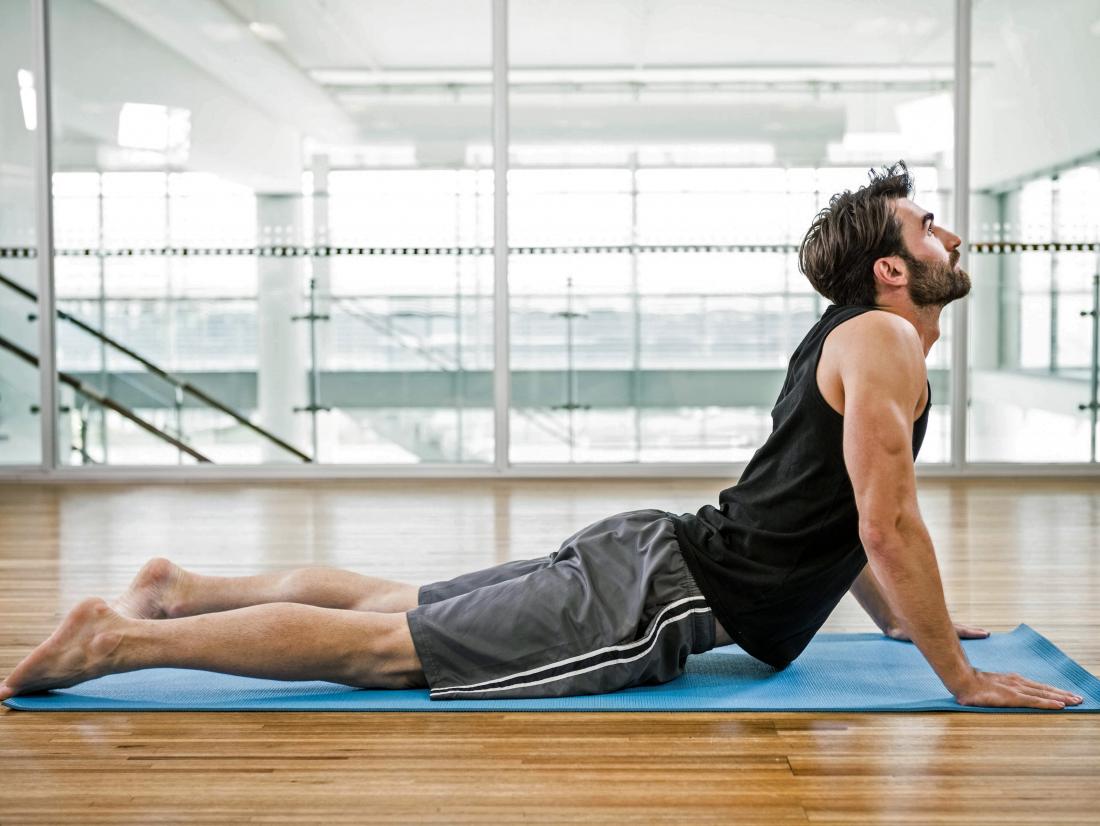Living with fibromyalgia often involves a delicate balance between managing symptoms and maintaining a semblance of an active lifestyle. In this blog, we’ll explore the crucial relationship between exercise and fibromyalgia, providing insights into finding the right balance for optimal well-being. For personalized guidance on balancing exercise and fibromyalgia, call (469) 545-9983. Our expert team is ready to assist you on the path to a healthier, more balanced lifestyle.
Understanding Fibromyalgia and Exercise: Navigating Challenges:
Fibromyalgia, characterized by widespread pain and fatigue, can make exercise seem like an intimidating prospect. However, understanding the benefits and challenges is essential in establishing a balanced approach.
The Power of Gentle Movement: Tailoring Exercise to Your Needs:
Engaging in gentle, low-impact exercises such as walking, swimming, or yoga can work wonders for fibromyalgia patients. Tailoring exercise routines to individual comfort levels is crucial, allowing for gradual progress without triggering excessive pain.
Mind-Body Connection: Embracing Holistic Practices:
Mindfulness practices, such as tai chi or qigong, foster a strong mind-body connection. These gentle movements, combined with focused breathing, can alleviate stress and promote relaxation, complementing traditional exercises.
Strength Training for Fibromyalgia: Building Resilience:
Incorporating light strength training can help build muscle resilience, supporting joints and reducing overall pain. Start with minimal resistance and gradually increase as your strength improves.
Cardiovascular Exercise: Boosting Endurance Gradually:
Cardio exercises, when approached gradually, can boost endurance and improve overall well-being. Begin with short sessions, such as brisk walking, and slowly increase the intensity as your body adapts.
Pacing Yourself: The Key to Sustainable Exercise:
Pacing is vital for individuals with fibromyalgia. Breaking exercise sessions into shorter, manageable intervals and allowing ample time for rest between activities helps prevent overexertion.
Water-Based Exercise: A Soothing Option:
Water-based exercises, such as swimming or aquatic aerobics, provide a gentle yet effective way to stay active. The buoyancy of water reduces impact on joints, making it an ideal choice for fibromyalgia patients.
The Role of Flexibility Exercises: Easing Stiffness:
Incorporating flexibility exercises, like stretching or yoga, can ease stiffness and improve range of motion. These exercises contribute to overall comfort and reduce the risk of injury.
Listening to Your Body: Customizing Your Routine:
One of the most crucial aspects of exercising with fibromyalgia is listening to your body. Customizing your routine based on how you feel each day ensures a balanced approach that accommodates the fluctuating nature of fibromyalgia symptoms.
Consulting with Healthcare Professionals: Tailoring a Plan for You:
Before starting any exercise regimen, consulting with healthcare professionals, including physical therapists or rheumatologists, is essential. They can provide personalized guidance based on your specific condition and needs.
Conclusion:
Finding the right balance between exercise and fibromyalgia is a journey that requires patience, self-awareness, and a tailored approach. By embracing gentle movements, incorporating holistic practices, and listening to your body, you can create a sustainable exercise routine that enhances your well-being. Remember, it’s not about pushing yourself to extremes but rather about fostering a harmonious relationship between your body and exercise for a healthier, more balanced life with fibromyalgia.


